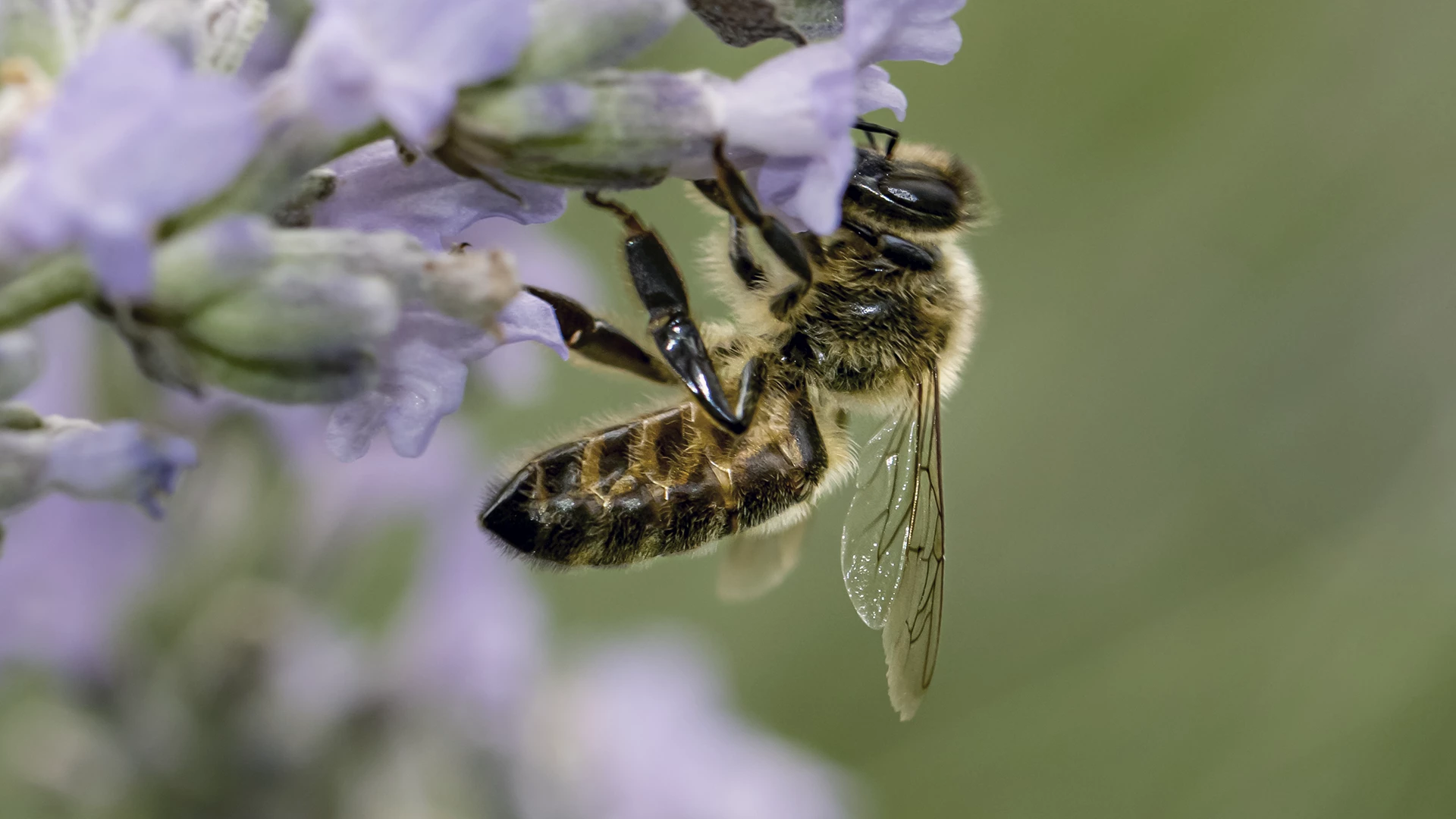What is biodiversity?
Biodiversity describes the vast variety of life on earth. It refers not only to species but also ecosystems that we rely on for crop pollination, soil formation, clean water, carbon sequestration and flood protection. The diversity and interaction of animal, plant and marine life keeps ecosystems functioning and our economies productive.
“For us, it’s a development issue,” says Christian Peter, Practice Manager for the Environment, Natural Resources and Blue Economy's Global Platform Unit at the World Bank. “Many of our economies, particularly in developing countries, rely on nature and functioning ecosystems for resources, services and industries.”
Biodiversity is also closely interlinked with climate, as explained in the World Bank’s publication “Unlocking Nature-Smart Development”. Damaged ecosystems no longer store carbon but release it, exacerbating climate change. Lost wetlands mean less flood protection. Land use changes can also increase the spread of infectious diseases such as COVID-19, as humans and animals come in closer contact.
Natural capital has suffered a steep decline in the past 50 years, and at least one million species are threatened with extinction in the coming decades. The World Economic Forum’s 2022 Global Risks Report ranks biodiversity loss as one of the top three threats humanity will face in the next 10 years.



